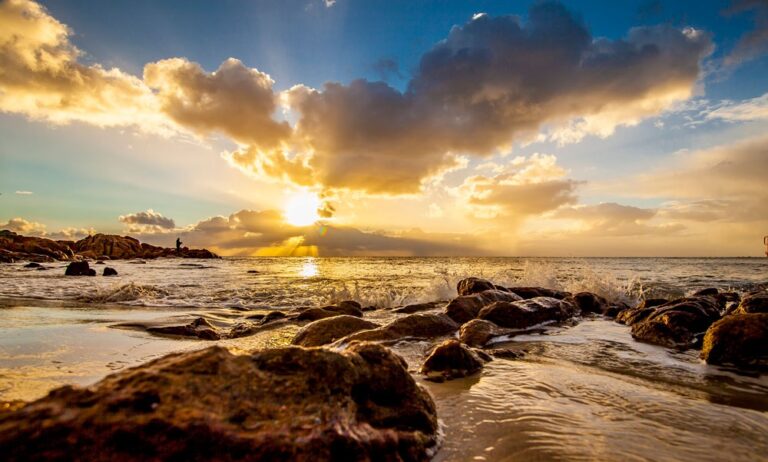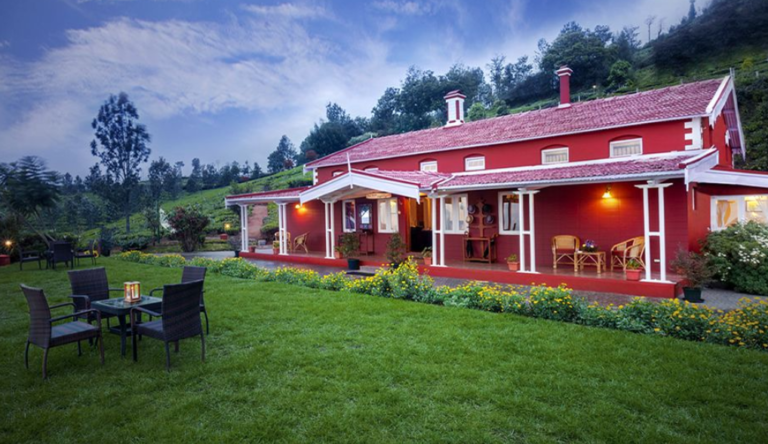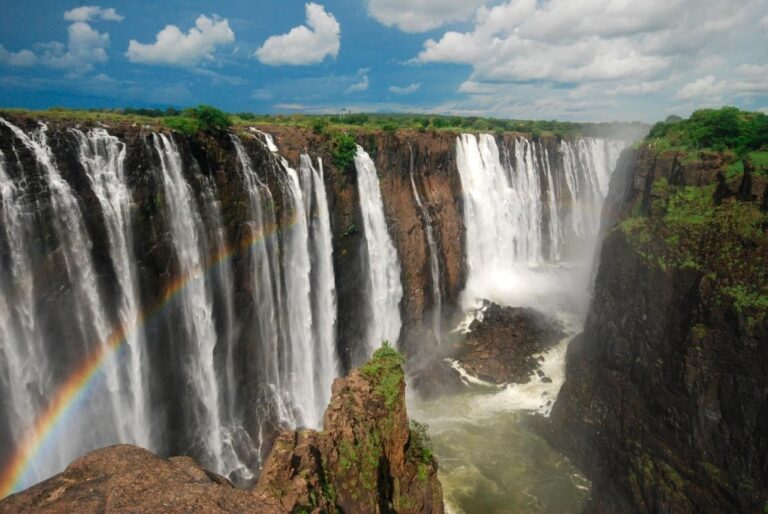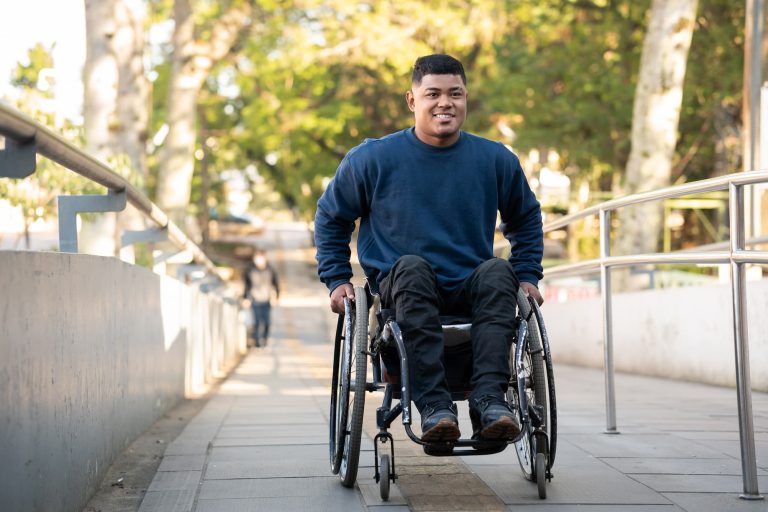
Do you it’s possible to paddle board during winter? As a sup enthusiast, you should not allow the cold weather to spoil the paddling ‘party.’
As you will realize, winter sup is an exhilarating experience. But before embarking on a paddle board adventure in cold water, there are a few things you should know.
Paddle boarding on cold water
Here are a few tips to ready you for this awesome experience.
- Observe the weather and be prepared
- Ensure your gear is in good condition
- Carry along with you the right equipment
- Pick the right clothing
- Be prepared for accidents
- Find a paddling buddy
Observe the Weather and Be Prepared
Calm winds are ideal for a paddling session. If there are wind currents, be careful to check if the winds are blowing in your direction, especially if you are setting out on a long paddling session. Shelf the paddling idea if you see signs of a storm. It is even worse to paddle board in the rain or snow because of reduced visibility, and the board may be thrown off course, endangering your life.
Ensure Your Gear Is in Good Condition
Ensure you have all the necessary requirements to weather the cold. Set the pressure of the board at 20 PSI as a standard. This amount of pressure makes the board sturdier and float high in the water as you glide. The board should be of high quality to withstand the winter cold weather and water.
Carry Along With You the Right Equipment
Carrying the right equipment will complete the paddling experience. A good stand up paddle board should have a SUP kit with all the items you need for the paddling session. Carry enough eateries and clothes in your deck bag. Water is also essential. A communication device is vital in case of an emergency, and you need to call for help. A leash is a piece of must-have equipment to keep the board tethered to you.
Pick the Right Clothing
Keeping warm will mean a safe and warm paddling session. Due to the extreme cold, it will be best to clad in layers, one layer to block moisture and extra layers for protection and warmth. Consider some running tights and water boots for the limbs. Alternatively, wear a wetsuit if you don’t plan to paddle for long. A hat and a pair of gloves will come in handy as well.
Be Prepared for Accidents
When you fall into the water, you risk drowning or freezing to death. A floating device will help you stay afloat so you can use your energy to get the shore or back on the board. Surf closer to the shore. Only paddle in clear waters away from the ice edges as this may ruin your inflatable sup board.
Find A Paddling Buddy
It is very enjoyable to paddle partner. But if you insist on doing it alone, alert one of your friends when you are off for a paddle board session in cold water, and notify them when you get back.
Conclusion
Winter kicking in should not spell doom to your paddling activities. Follow these tips to paddle board in cold water and keep the outdoor exploration going.







